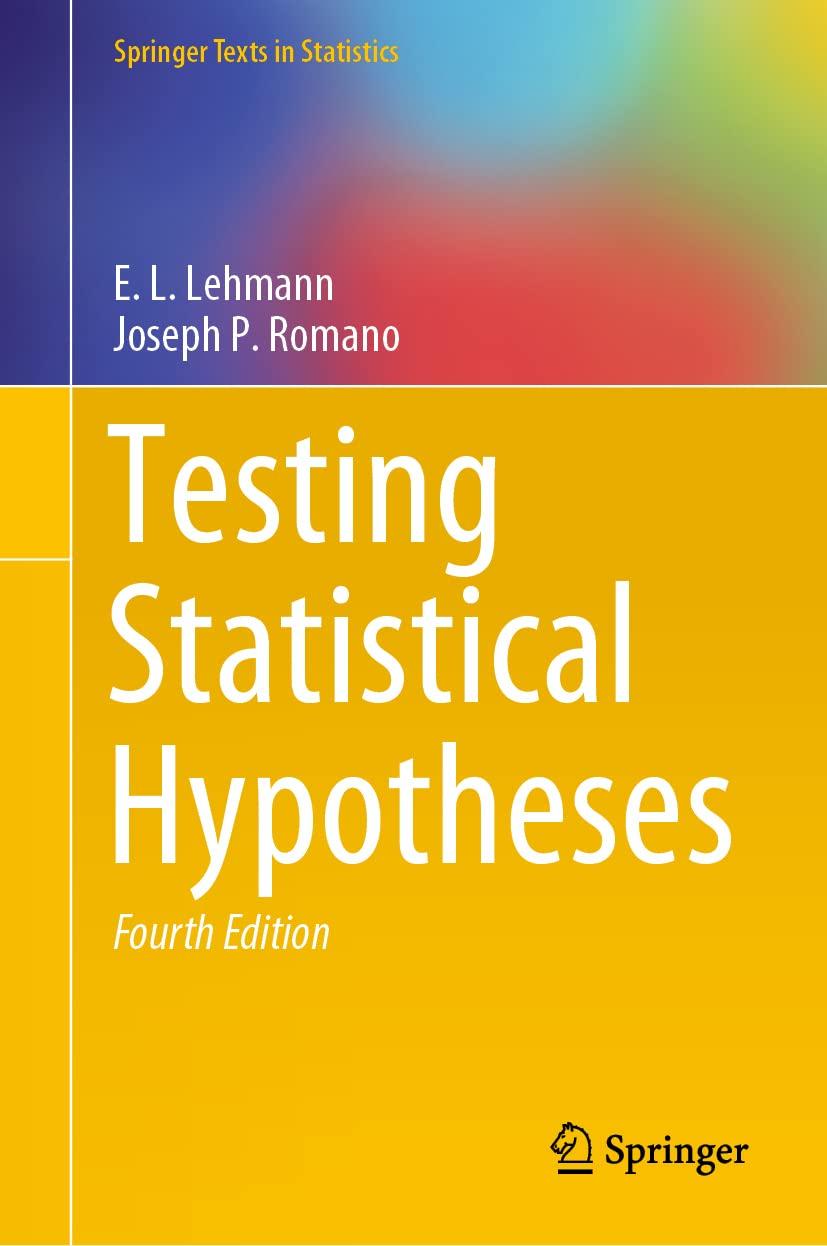The following distributions arise on the basis of assumptions similar to those leading to (1.1)(1.3). (i) Independent
Question:
The following distributions arise on the basis of assumptions similar to those leading to (1.1)–(1.3).
(i) Independent trials with constant probability p of success are carried out until a preassigned number m of successes has been obtained. If the number of trials required is X + m, then X has the negative binomial distribution N b(p, m):
P{X = x} =
m + x − 1 x
pm(1 − p)
x , x = 0, 1, 2 ... .
(ii) In a sequence of random events, the number of events occurring in any time interval of length τ has the Poisson distribution P(λτ ), and the numbers of events in nonoverlapping time intervals are independent. Then the “waiting time” T , which elapses from the starting point, say t = 0, until the first event occurs, has the exponential probability density p(t) = λe−λτ , t ≥ 0.
Let Ti , i ≥ 2, be the time elapsing from the occurrence of the (i − 1)st event to that of the ith event. Then it is also true, although more difficult to prove, that T1, T2,...
are identically and independently distributed. A proof is given, for example, in Karlin and Taylor (1975).
(iii) A point X is selected “at random” in the interval
(a, b), that is, the probability of X falling in any subinterval of
(a,
b) depends only on the length of the subinterval, not on its position. Then X has the uniform distribution U
(a,
b) with probability density p(x) = 1/(b − a), a < x < b.
Step by Step Answer:

Testing Statistical Hypotheses Volume I
ISBN: 9783030705770
4th Edition
Authors: E.L. Lehmann, Joseph P. Romano






